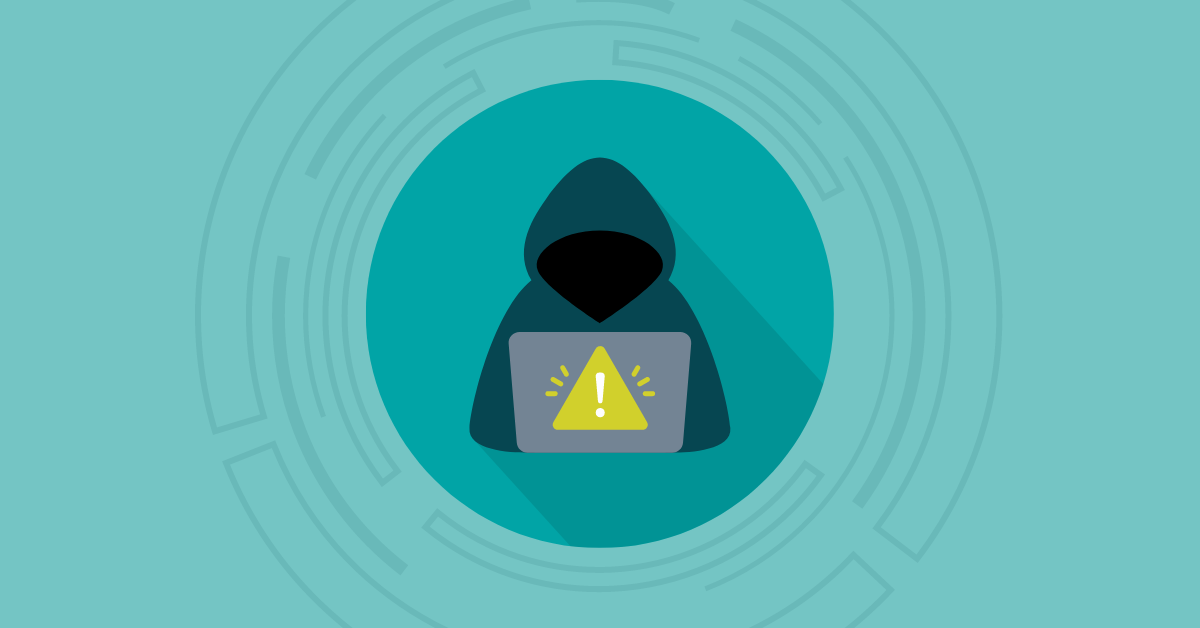

The current state of digital connectivity opens the door to a wide array of possibilities. However, with that opportunity comes new cybersecurity risks and increased cyberattack vulnerabilities. Technology plays a big part in our personal and professional lives. While businesses want to focus on finding new digital channels to gain an edge over competitors, you can’t forget the threat of cyber threats lurking everywhere.
It’s hard to go a day without reading about another attack on a company or government institution. Failures in response management often lead to more damage than the initial breach. With expectations higher than ever, businesses can’t afford to fall behind when rooting out vulnerabilities in their technological infrastructure.
Vulnerability management is the ongoing process of ensuring your computer networks, applications, and systems remain safe from cyberattacks. It’s one of the most critical aspects of an organization’s cybersecurity strategy. The ability to identify, analyze, and mitigate potential security weaknesses goes a long way toward preventing attacks and minimizing the fallout to your company.
Effective vulnerability management involves using various tools and solutions to deal with security threats. Most programs typically include components like:
One of the most overlooked aspects of protecting against cyberattacks is rehearsal time. Unfortunately, it’s almost inevitable that many companies will fall victim to some attack. You may not know when and how an attack will occur, but you can determine how your security protocols stand up to pressure when put to the test.
Let’s look at a few examples of simulations you can conduct to put your security protections to the test.
The Scenario — An employee receives an email informing them that the company received an alert about the worker’s credentials potentially being compromised. The email includes a link asking employees to log in and update their information.
What’s Happening — Your organization sets up a template to send to employees to see how many respond to the phishing attempt.
What You’re Looking for — In this scenario, you check for a few things. Will the employee immediately report the email as spam, or will they go ahead and click on the link? If they do, redirect them to a landing page that informs them of the attack, then outlines the steps they should have taken, including:
Push the phishing scenario further by mocking an email purporting to be from a company officer. For example, you may send a communication from the CFO asking someone in accounting to transfer money to a specific account.
You might have the head of IT request that a software engineer provide them with credentials to a protected database. The goal is to fit the scenario to one a user might encounter in their job role.
The Scenario — A hacker attempts to access internal systems by exploiting a vulnerability in an API used by the company website.
What’s Happening — The business hired a third-party vendor to conduct penetration testing to determine whether a new API added to the site is resistant to cyberattacks.
What You’re Looking for—The goal is to locate any vulnerabilities in the new API, document them, and provide recommendations for remediating any issues found. Once the company has fixed the problems, the vendor may perform the test again.
This aims to ensure that changes made to the website don’t create new vectors for hackers to exploit.
The Scenario — A storm outside knocks out power to a company’s security operations center.
What’s Happening — The company is conducting a functional exercise to determine whether backups kick in as planned to allow for ongoing company operations.
What You’re Looking for — You want to determine how healthy teams respond to a sudden weather event that could disrupt company functions. Here, you assess how smoothly personnel manage to transfer operations from that center to a different location and whether they have current documentation to use for reference.
Kiuwan’s security platform performs a combination of static application security testing (SAST) and software composition analysis (SCA) to ensure the security and reliability of your business applications. Discover why our platform continues to earn the trust of developers across the country. Request a free demo today.
Want to double-up your protection? PreEmptive obfuscation tools help developers protect IP, stop attacks, and stay protected with multi-tiered defense. Request your free trial.


